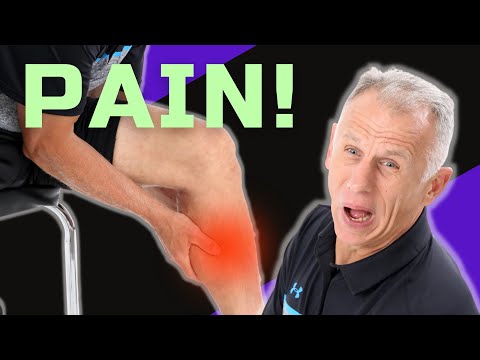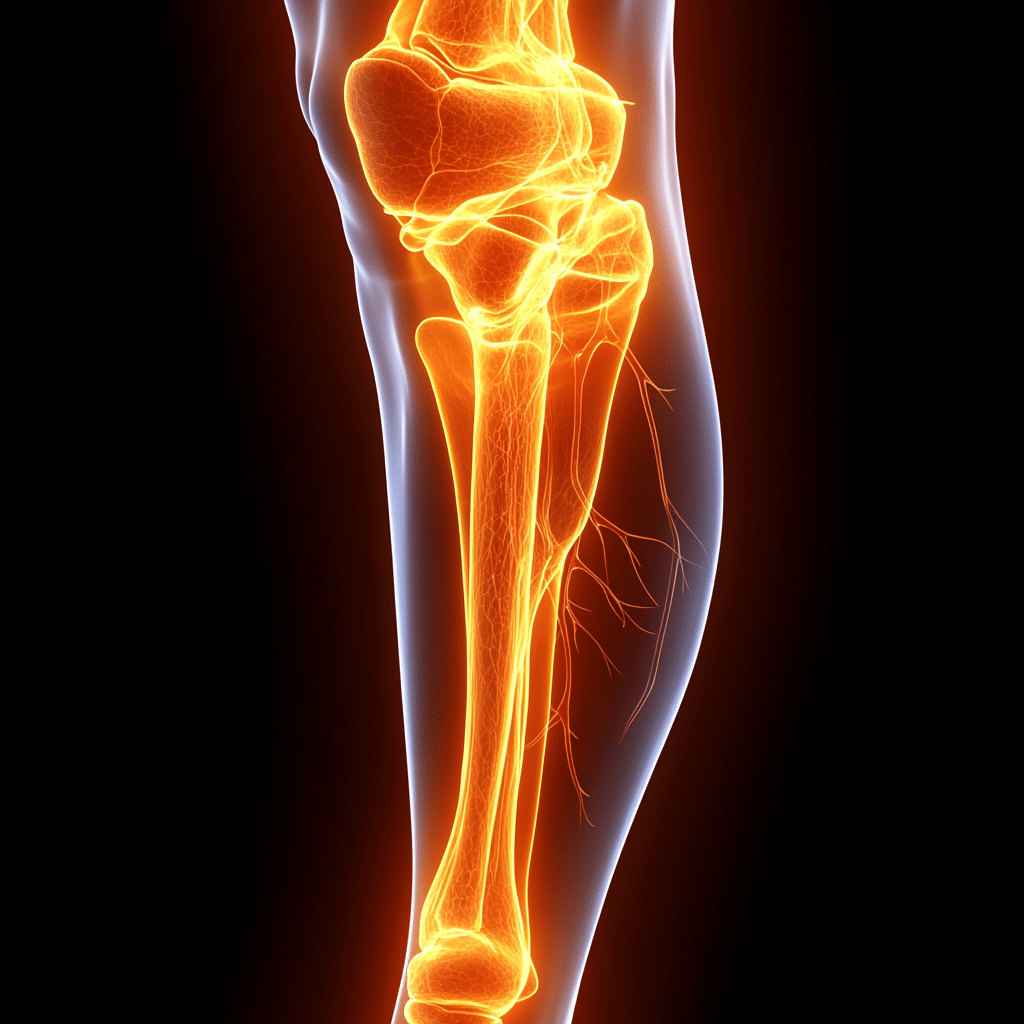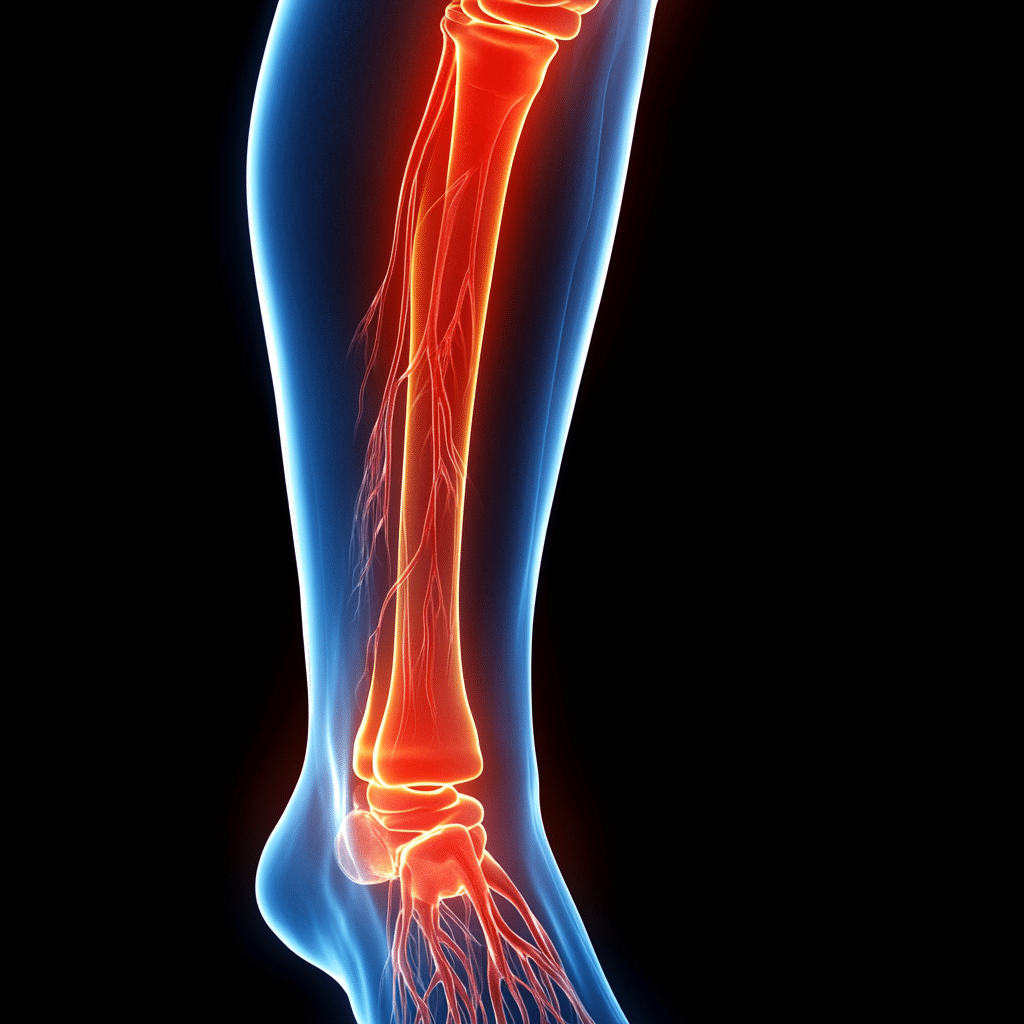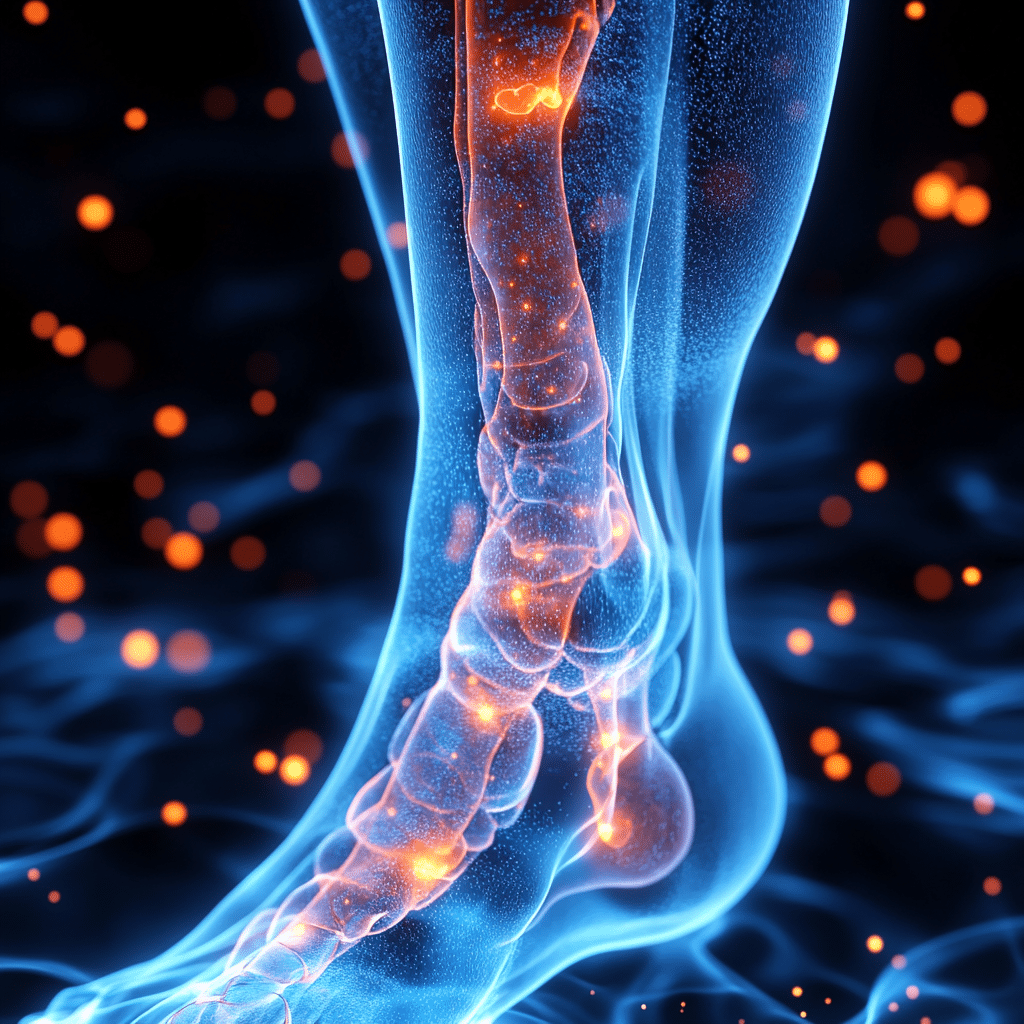Hey there, fitness warriors! When you’re on a quest to get shredded and build muscle, the last thing you want is to deal with health concerns that can sideline your progress. One serious issue you don’t want to overlook is leg clot symptoms. That’s right; recognizing the signs of deep vein thrombosis (DVT) can literally save your life. Operate under the belief that knowledge is power, and arming yourself with information about leg clots is just as crucial as hitting the gym. Let’s dive into the symptoms you need to monitor diligently.

Key Leg Clot Symptoms to Monitor
When it comes to your health, picking up on those leg clot symptoms is key. Ignoring the signs can lead to severe complications, including pulmonary embolism. Here are the primary signals you should keep an eye out for:
If one leg appears noticeably larger than the other, it’s not just post-workout pump; it could signify clot development. Swelling may come along with a sensation of warmth and tenderness. This isn’t a sign to shrug off; your body is talking to you!
You might experience a cramping sensation, especially in the calf. This pain can often mimic a muscle strain, making it easy to brush aside. But don’t ignore this discomfort. Remember, your legs do a lot—the squats, deadlifts, and runs depend on them!
Keep an eye on your skin. A reddish or bluish hue in your leg is a red flag for potential clotting issues. This color change signals that something’s not quite right, and it’s time to take action.
The skin over an affected area might feel unexpectedly warm. This warmth could mean inflammation, which is not a state you want to be in. Smooth it out by keeping tabs on your leg temperature!
If walking or standing becomes increasingly uncomfortable or painful, that’s your body demanding attention. Your daily grind shouldn’t slow, so don’t let those symptoms linger without seeking evaluation.
Ever feel a bit more tired or weak in that leg? This fatigue hints at circulation issues—another reason not to ignore those leg clot symptoms. It’s your body whispering (or shouting) that something needs checking out.
This sensation often indicates a reduction in blood flow. Not something to take lightly! If you feel numbness or tingling, reach out to a healthcare provider for immediate evaluation. You wouldn’t let your gains slip away, so don’t let your health slip through the cracks!

Distinguishing Leg Clot Symptoms from Other Conditions
Leg clot symptoms often mimic those of various health concerns. It’s critical to differentiate between them to get the right treatment. Here’s a quick guide to help you sort through the options:

Hand and Foot Disease Analysis
Hand and foot disease might sound like a distant memory from childhood, but its symptoms can overlap with leg clot indicators. Spotting red spots or sores linked to hand foot and mouth disease can confuse anyone. While swelling can occur, remember that the treatment for these diseases differs significantly from what’s needed for leg clots. Keep your eyes peeled for other signs!
Stress Fracture in Foot vs. Leg Clot Symptoms
A stress fracture in the foot usually leads to isolated pain that worsens with activity. If you’re experiencing swelling and warmth alongside localized pain, guess what? You’ve likely got leg clot symptoms rather than a simple fracture. Knowing the difference is crucial for both effective pain management and medical evaluation.
Adult Implications of Hand Foot and Mouth Disease
While hand foot and mouth disease in adults often comes with mild symptoms like fatigue and localized discomfort, it doesn’t usually bring on the significant swelling or discoloration associated with leg clots. Observe closely! Strongly scrutinizing these symptoms can save you from a misdiagnosis that leads you down the wrong path.
Comprehensive Understanding of Symptoms
Recognizing the hand foot and mouth disease symptoms can definitely help. Swollen legs? Monitor for differences in warmth, elevation, and other indicators so you can separate viral symptoms from something like clots. Give your body the attention it deserves and don’t rely on a casual overview.

Innovative Wrap-Up: Taking Charge of Your Health
Proactive monitoring of leg clot symptoms is essential for everyone who cares about their health. Knowledge equips you for timely action and could potentially save your life. If you find yourself experiencing any of these symptoms, don’t hesitate to consult with a healthcare professional. Your health is your wealth; treat it accordingly!
Lastly, it’s paramount to stay informed—after all, the journey to looking great and feeling fit starts with a healthy foundation. Grab your protein shake, hit the gym, and remember: understanding your body is crucial in your quest for muscle greatness. Don’t let anything—especially leg clots—hold you back! The world of fitness awaits you, and it’s all about being stronger and more resilient than ever.
Armed with this pivotal information on leg clot symptoms, you can continue chasing those shredded dreams with confidence. Always be proactive about your health and keep striving for excellence!
![Blood Clot in the Leg or Foot? [Symptoms, Signs, Causes & Treatment]](https://www.chiseled-magazine.com/wp-content/cache/flying-press/R4VuRR_agxQ-hqdefault.jpg)
Leg Clot Symptoms: Fun Trivia and Interesting Facts You Can’t Ignore
Understanding Leg Clot Symptoms
When it comes to leg clot symptoms, knowledge is power. Did you know that individuals with a B positive blood type may have a higher risk of developing clots? It’s true! This connection makes it all the more important to recognize the early signs, such as swelling, pain, and warmth in the leg. Just like recognizing the subtle cues in storylines of predator movies, noticing these symptoms early can be a lifesaver.
Even more surprisingly, lifestyle choices play a huge role in leg health. For instance, smoking is a significant risk factor—some might even joke about a cool “smoker’s badge.” But real talk: nicotine can be as hazardous as nicotine poisoning when it comes to your vascular health. The impact of your choices can be profound, emphasizing the need to stay alert to any troubling signs!
The Importance of Awareness
While leg clot symptoms should never be brushed aside, knowing the fun facts can motivate you to stay healthy. You might find it odd to hear that high calcium levels in the blood could contribute to clot formation, right? It’s a friendly reminder of how crucial it is to maintain a balanced diet. Just picture how important it is to wear that fabulous selkie dress at an event; feeling great starts long before stepping out, as does your health journey.
Curiously, geographical factors can sometimes affect leg health too. For example, the unusual climate shifts, like those caused by a sudden Delaware tornado, can influence the prevalence of physical inactivity and subsequent clot formation. It shows just how interconnected everything is—one storm can ripple through our behaviors and health!
Fun Facts to Keep You Engaged
Now, let’s lighten things up with some trivia. Did you know that the shoes you wear can impact your leg health? Those trendy bapestas might look amazing, but improper footwear can exacerbate leg pain and swelling, which can mask the symptoms of clots. Be mindful of your choices, folks!
Lastly, remember that leg clot symptoms can sometimes accompany other conditions, like macrocytosis, which refers to the presence of larger-than-normal red blood cells. This fun bit of info shows that your overall health can influence your clot risk. So, keep your health in check, stay active, and be alert to those signs. After all, staying informed is the first step toward prevention!



























